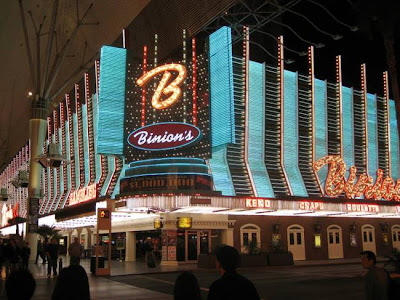Playing poker well involves more than knowing which cards beat what. It involves more than memorizing the percentages and odds. It involves more than being able to detect tells from changes in someone’s posture, or in the way they glanced at their chips. Understanding the overriding principles of poker is far more important and valuable than being “a good bluffer”. The basic principles of poker override all correct strategies and playing styles.
Here are the principles:
Patience
Patience is the key to successful poker. Whether you are playing in a cash game, or a tournament, you will need this attribute to be a consistent winner. Most hands that you are dealt in poker are not worth playing, and if you start playing trash hands, then your results will usually be trash too.
Occasionally you will be dealt unplayable cards hand after hand. It will seem that you are never going to get any worthwhile cards again, and you will be tempted to play a rubbish hand just because you haven’t played any for a while.
Don’t let it get to you. All good players go through stretches where they have bad cards and have to fold, over and over again. Patience is one of the main points that separate the good players from the bad. Patience is more important in Sit and Go tournaments and most important in Cash or Ring games.
Bide your time, and only play hands when your cards and the situation are both right.
Aggression
Once you get the cards that you were waiting for, aggression becomes paramount. It is no good to get dealt
AA, if all that happens is that you checked and called on each round of betting, only to get beat on the river when they catch a card that fits their draw.
If you have a hand that is likely to be the best,
BET!
If someone bets first, and you still think that your hand is better than their hand,
RAISE. Get as much money into the pot as you can. Get it all in if your hand is strong enough and your opponent is inclined to play along with you.
When betting with a strong hand you either want to get more money into the pot when someone calls you with a worse hand, or you want to win the pot immediately
(which stops a worse hand from getting lucky and hitting a card that would beat you). Sometimes your opponent will call with a worse hand, and then beat you with a lucky card anyway.
Don't let that bother you. As long as you get your money in as a favorite, you've played correctly.
Using aggression to get
maximum value from good hands, is one of the most important principles of poker.
Deception
The deception principle is this:
all actions you take must contain at least an element of deception.
It is very important in poker that you don’t allow your opponents to learn exactly how you play. If you are playing Texas Hold'em and raise to $20 when you have Aces, $18 when you have Kings, $16 when you have Queens, $14 when you have Jacks etc, it won't take long for your opponents to work out what you are doing.
But if you raise with Aces 85% of the time, and 15% of the time just call or limp, then your opponents can't ever be completely certain what you have. Use your watch, your second hand specifically, to make random plays.
Randomness is the key to deception.
Look at your watch when you have to make that decision, if the second hand is on between the 9 and the 12, go ahead and limp. It's a
random bet and it will keep them from pushing you too often. Using
10 to 12, if out of position, is about
17% (
counting the 12) and using
9 to 12, in position, is about
23% (
not counting the 12).
Randomness will keep them guessing and improve your tight image.
Raising the same amount whenever you decide to raise also makes it harder for your opponents to work out what you have. Let’s say you decide to raise to 2 big blinds about 85% of the times that you are dealt
AA, KK, QQ, AK, or
AQ, and just call the other 15% of the time. Now it becomes very hard for your opponents to work out what you have. Because you are usually raising with good hands
(as you should) but occasionally just calling with
exactly the same hands, you make yourself
harder to read.
Let’s take the concept a step further. Let’s say you decide on a strategy that involves calling with pocket
2’s through to pocket 10s, and you decide
80% of the time is a good percentage to
call. The remaining
20% of the time you
raise.
Now even if your opponents knew your strategy exactly, they still wouldn’t know if your raise means that you have
AA or just
22. They can't tell what you have when you just call either, because you might have
44, or you might have
AK.
You have made your moves much more difficult for your opponents to read, and anything that makes your opponents’ job harder, is to your advantage.
If you can master these
three principles of poker, then you should be the one walking away with the money.
I NEVER BLUFF
 Mr Lucky Poker[/caption]
Mr Lucky Poker[/caption]





















